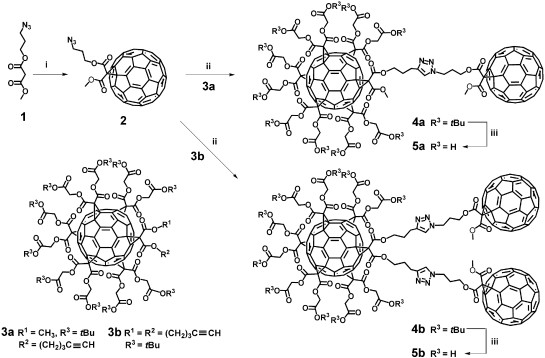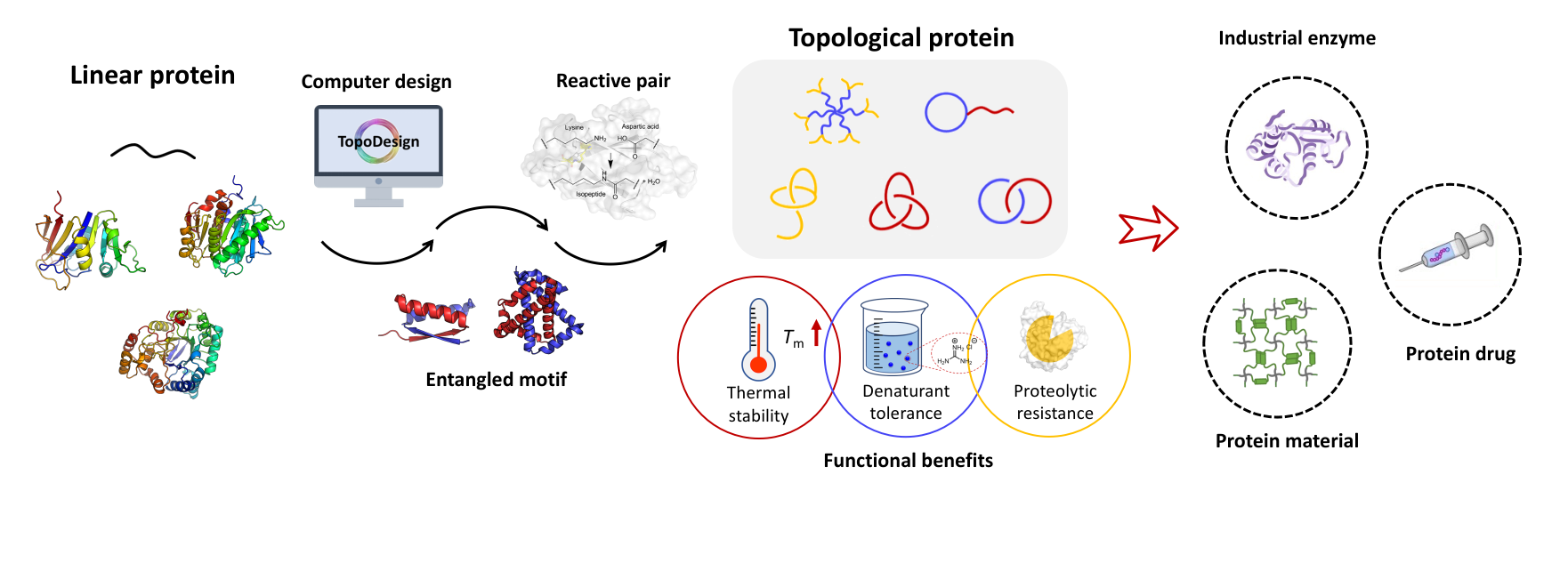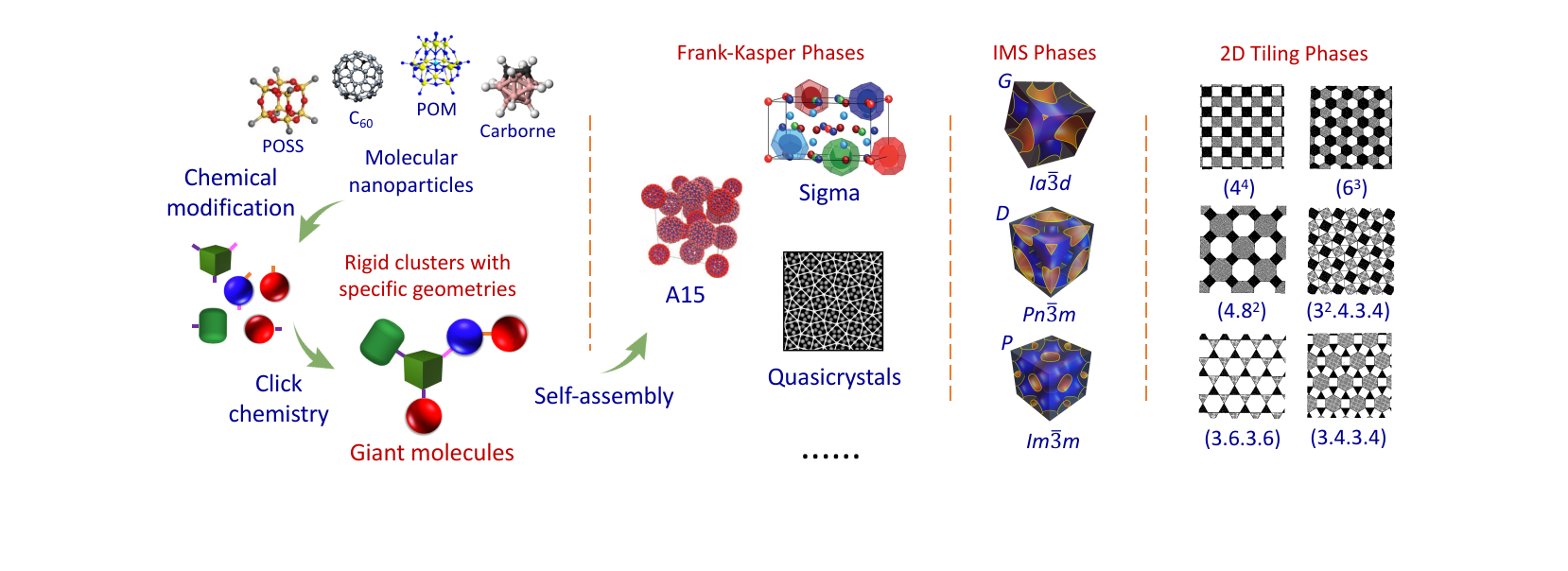箴言
----------------------------------------------
-----------------------------------------------
在科学上没有平坦的大道,只有那些不畏艰险沿着陡峭山路攀登的人,才有希望达到光辉的顶点。
----马克思
-----------------------------------------------
合作研究
------------------------------------------
请有兴趣的研究组联系我们。欢迎任何形式的合作,尤其是在自组装、水凝胶以及生物医药等方向的合作。
------------------------------------------
请有兴趣的研究组联系我们。欢迎任何形式的合作,尤其是在自组装、水凝胶以及生物医药等方向的合作。
------------------------------------------
研究成果
56. Self-Assembly of Fullerene-Based Janus Particles in Solution: Effects of Molecular Architecture and Solvent. Chem. Eur. J. 2014, 20, 11630-11635
发布时间:2016-04-27
Lin, Z.; Lu, P.; Hsu, C.-H.; Yue, K.; Dong, X.-H.; Liu, H.; Guo, K.; Wesdemiotis, C.; Zhang, W.-B.;* Yu, X.-F.;* Cheng, S.Z.D.* Self-Assembly of Fullerene-Based Janus Particles in Solution: Effects of Molecular Architecture and Solvent. Chem. Eur. J. 2014, 20, 11630-11635. [Link] [PDF]

Abstract
Two molecular Janus particles based on amphiphilic [60]fullerene (C60) derivatives were designed and synthesized by using the regioselective Bingel–Hirsh reaction and the click reaction. These particles contain carboxylic acid functional groups, a hydrophilic fullerene (AC60), and a hydrophobic C60 in different ratios and have distinct molecular architectures: 1:1 (AC60–C60) and 1:2 (AC60–2C60). These molecular Janus particles can self-assemble in solution to form aggregates with various types of micellar morphology. Whereas vesicular morphology was observed for both AC60–C60 and AC60–2C60 in tetrahydrofuran, in a mixture of N,N-dimethylformamide (DMF)/water, spherical micelles and cylindrical micelles were observed for AC60–C60 and AC60–2C60, respectively. A mechanism of formation was tentatively proposed based on the effects of molecular architecture and solvent polarity on self-assembly.





